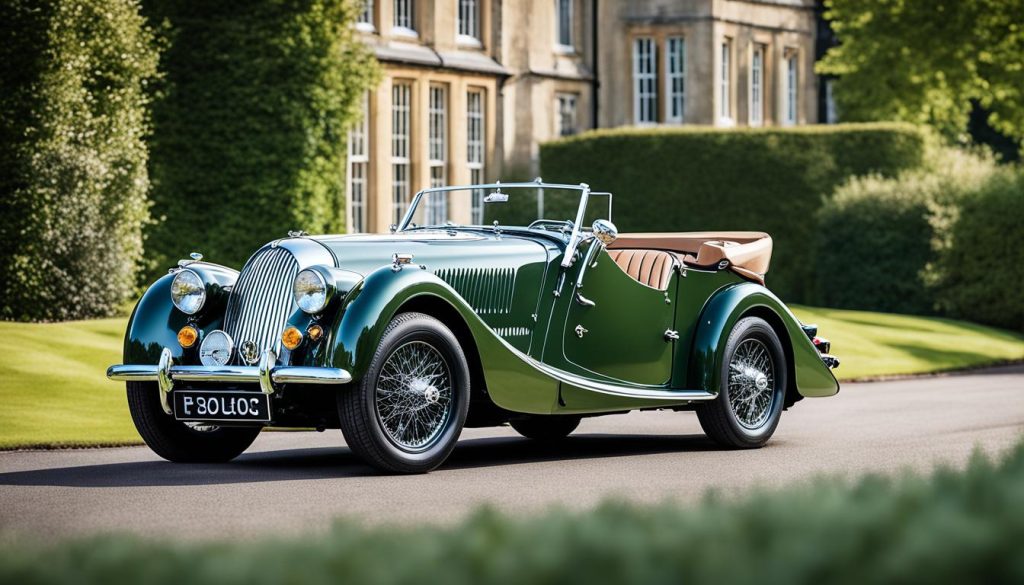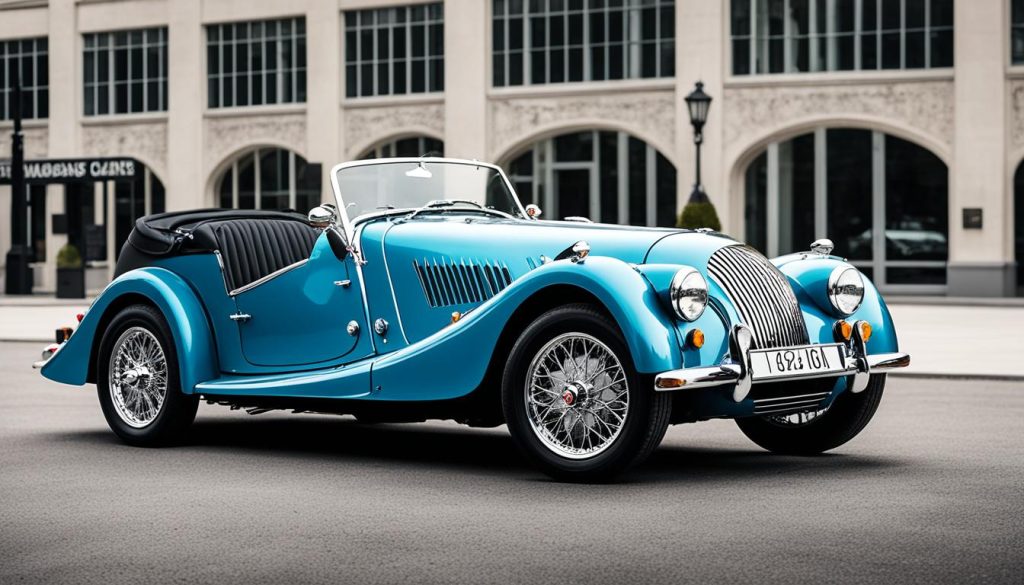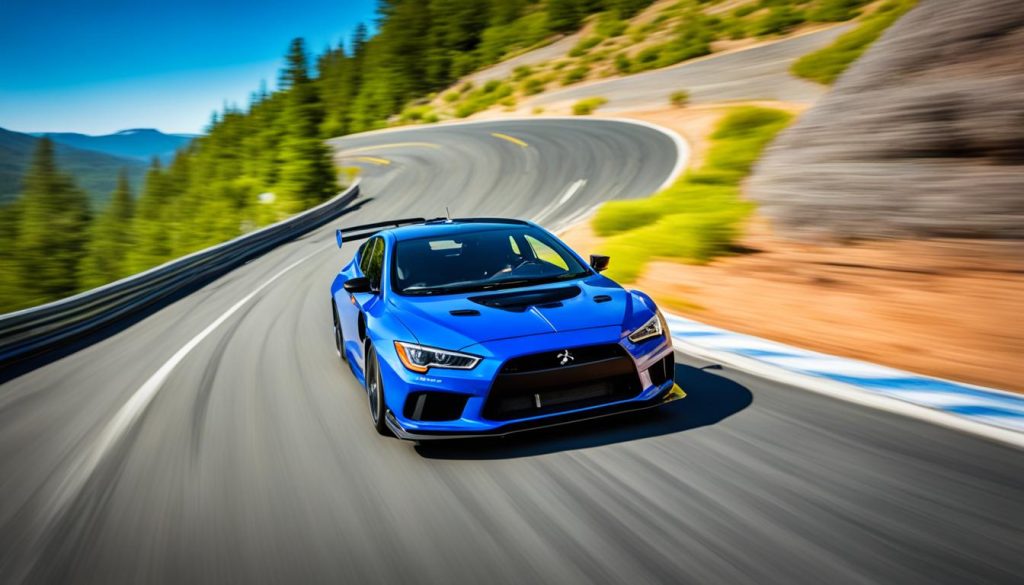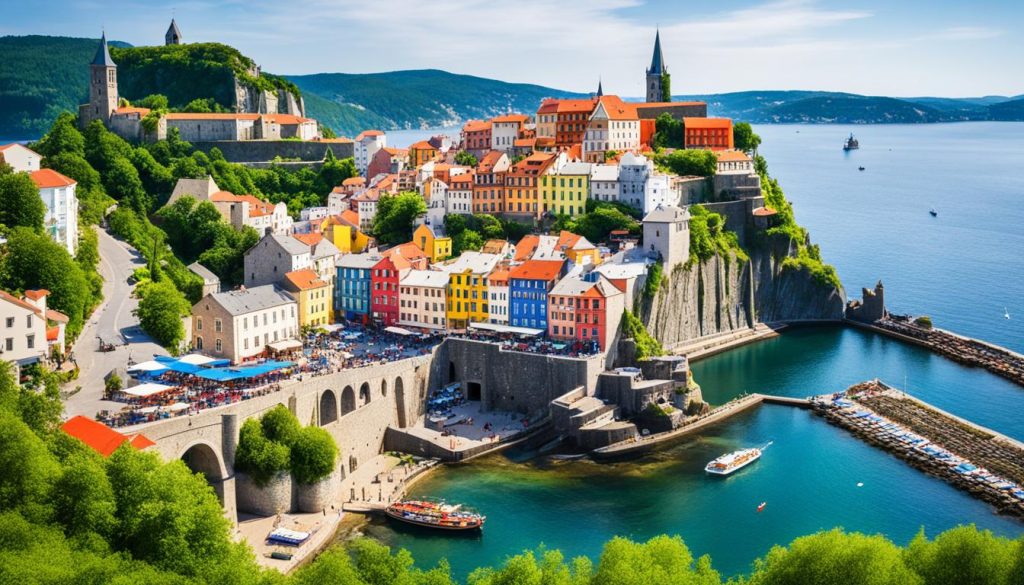Discover the excellence of Malvern’s Marvellous Morgan, where classic British engineering meets timeless elegance. This iconic brand epitomizes the spirit of luxury and craftsmanship, creating vehicles that are both stunningly beautiful and a pleasure to drive. With a rich legacy of over a century, Malvern’s Marvellous Morgan combines British engineering expertise with meticulous craftsmanship to produce automotive masterpieces that transcend time.
Malvern’s Marvellous Morgan has long been revered for its commitment to quality and attention to detail. From the handcrafted interiors, showcasing the finest materials and exquisite finishes, to the precision-engineered engines that deliver powerful performance, every element of a Morgan vehicle is a testament to British craftsmanship. It is this dedication to excellence that has earned Malvern’s Marvellous Morgan its esteemed reputation in the automotive industry.
When you step into a Morgan, you are transported to a world of timeless elegance and design. The iconic curves of the bodywork, meticulously sculpted to perfection, evoke a sense of awe and admiration. The hand-stitched leather interiors provide a luxurious and comfortable sanctuary, where every moment behind the wheel is a truly immersive experience.
Driving a Morgan is an experience like no other. The lightweight construction coupled with powerful engines delivers exhilarating performance, making every journey a thrilling adventure. Whether you choose an open-top model, embracing the freedom of open-air motoring, or a sleek coupe that exudes sophistication and refinement, the joy of driving a Morgan is unparalleled.
Join us as we delve into the world of Malvern’s Marvellous Morgan, exploring its rich history, timeless elegance, and the sheer exhilaration of the drive. Get ready to embrace the essence of classic British engineering and experience the legacy of one of the most iconic automotive brands in the world.
A Legacy of British Engineering
Malvern’s Marvellous Morgan boasts a remarkable legacy of British engineering that spans over a century. From their earliest models to their latest innovations, this iconic brand exemplifies the highest standards of craftsmanship and automotive heritage. Each vehicle is meticulously handcrafted with an unwavering attention to detail, showcasing the timeless elegance that has become synonymous with the Morgan name.
At the heart of every Morgan lies a precision-engineered engine, a testament to the brand’s commitment to British engineering excellence. These powerhouses deliver impressive performance while maintaining the classic charm and character that Morgan enthusiasts have come to adore.
But it’s not just about the mechanics. Step into a Morgan and you’ll immediately be greeted by the unmistakable scent of premium leather and the feel of expertly stitched upholstery. The interiors of these captivating vehicles are a testament to the brand’s dedication to craftsmanship, ensuring a truly luxurious and engaging driving experience.
From the gleaming bodywork to the flawless finishes, every Morgan is a work of art that reflects the brand’s rich heritage and commitment to quality. This dedication to British engineering and fine craftsmanship has earned them a well-deserved reputation as one of the most revered names in the automotive industry.
Join us as we delve into the history and heritage of Malvern’s Marvellous Morgan, celebrating the enduring legacy of British engineering, craftsmanship, and automotive excellence.
Timeless Elegance and Design
Step into a world of timeless elegance with Malvern’s Marvellous Morgan. Their vehicles are renowned for their stunning design, blending classic elements with modern innovations. From the iconic curves of the bodywork to the hand-stitched leather interiors, every Morgan is a work of art.

Discover the attention to detail and the passion for design that sets Malvern’s Marvellous Morgan apart from the rest. Each vehicle is meticulously crafted to embody luxury and sophistication, delivering a driving experience that is not only visually captivating but also a true joy to behold.
Embrace the Experience of Driving a Morgan
Feel the exhilaration of the open road as you embrace the unforgettable driving experience of a Morgan vehicle. Known for their lightweight construction and powerful engines, Morgans deliver the ultimate thrill on every journey. Whether you opt for an open-top model, letting the wind rush through your hair as you navigate scenic routes, or a sleek coupe for a refined motoring experience, the joy of driving a Morgan is unparalleled.
From the moment you take the wheel, you’ll feel a connection with the road like never before. The precise handling and responsive controls allow you to fully immerse yourself in the driving experience. The unmistakable roar of the engine combined with the sleek design creates a harmonious symphony of power and beauty.
Driving a Morgan is not just about getting from point A to point B; it’s about embracing the pure joy of motoring. It’s about the thrilling acceleration that brings a smile to your face and the satisfying sense of control as you navigate tight corners with ease. With a Morgan, every drive becomes an adventure, a chance to escape the ordinary and indulge in the extraordinary.



